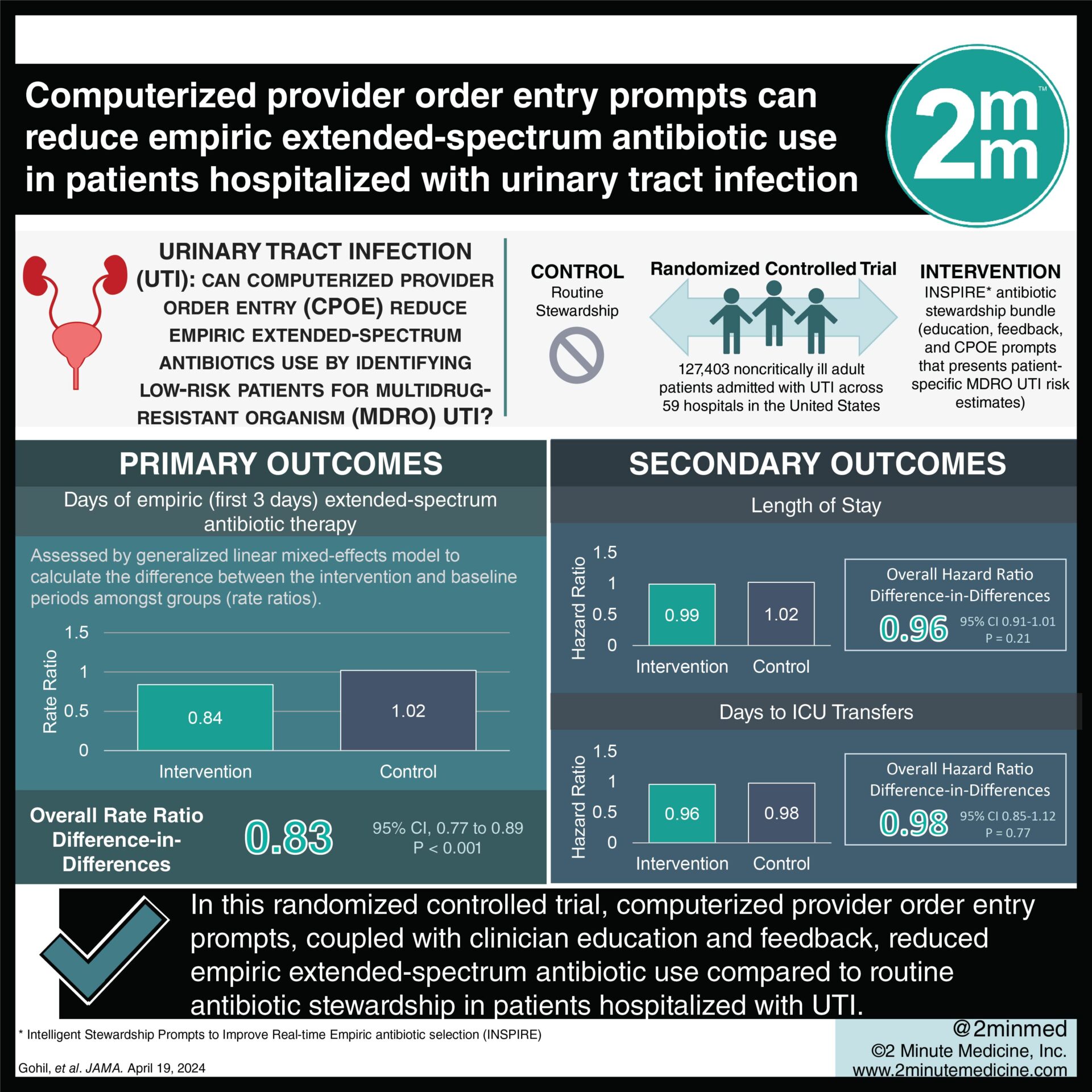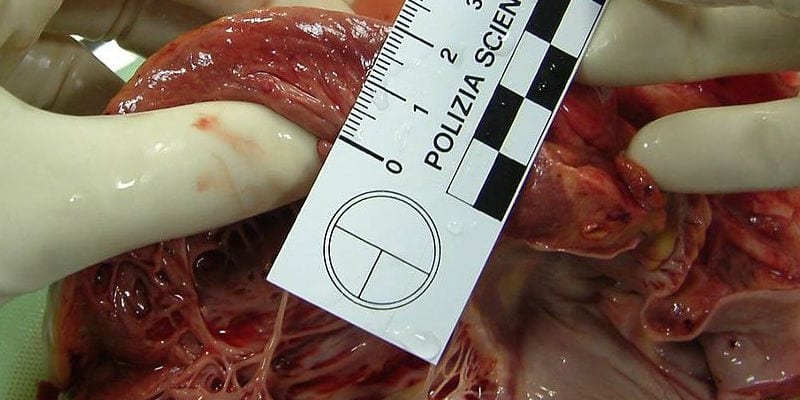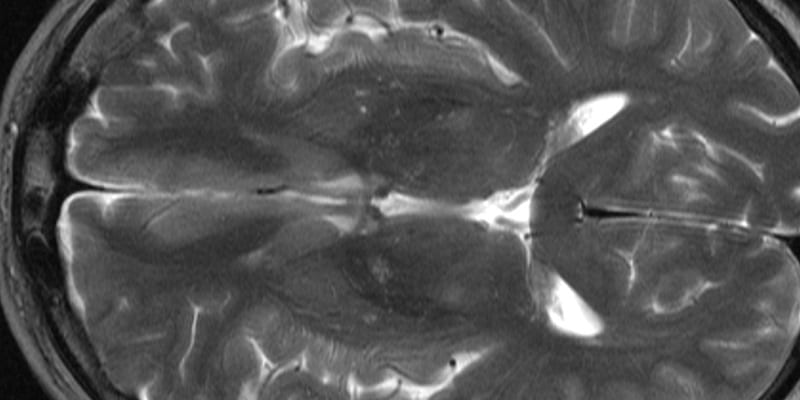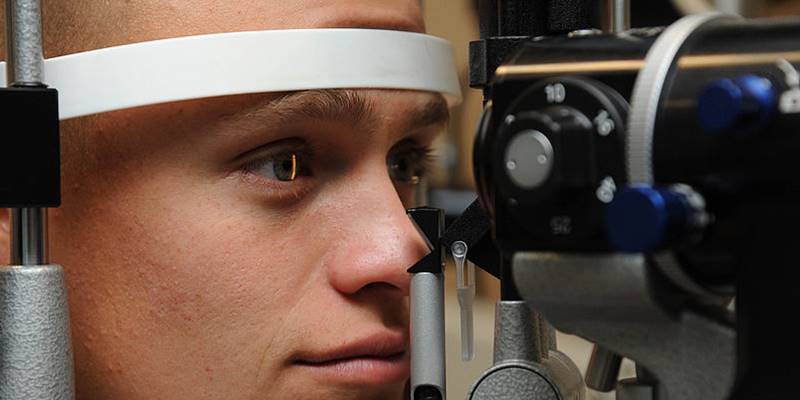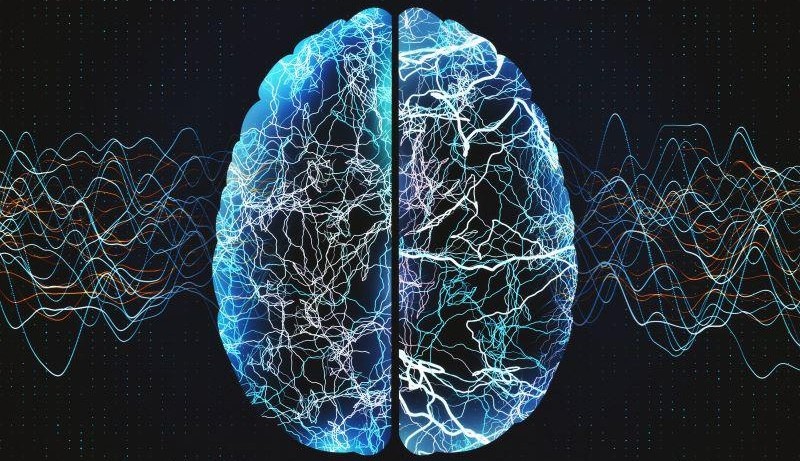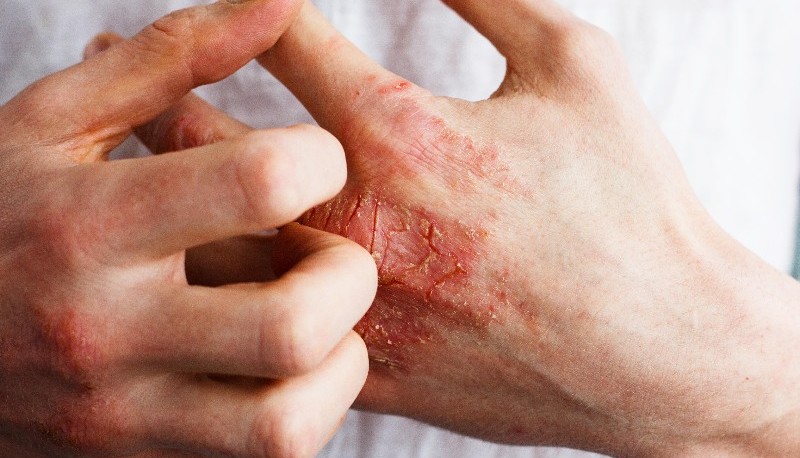The following is a summary of “Clinical and dermoscopic findings of benign longitudinal melanonychia due to melanocytic activation differ by skin type and predict the likelihood of nail matrix biopsy,” published in the OCTOBER 01, 2022 issue of the journal of dermatology by Lee, et al.
In clinical practice, longitudinal melanonychia (LM) is a frequent dermatologic finding with a wide range of potential diagnoses. The most frequent cause of LM is melanocytic activation. For a study, researchers sought to look at clinical and dermoscopic variations of benign LM depending on Fitzpatrick skin type and in patients who had biopsies vs. those who had not.
At Weill Cornell Dermatology, a 10-year retrospective cohort of 248 benign LM cases was found and examined.
Patients with darker skin than those with lighter skin had greater bandwidth % (P =.0125), lower band brightness (P< .001), more band alterations (P=.0071), and more biopsies (P =.032) than those with lighter skin. Biopsied patients (n = 47) had fewer multidigit band involvement (P=.0008), greater bandwidth percentage (P =.0213), lower band brightness (P=.0003), and more band alterations (P< .0001) than nonbiopsied patients (n = 201). On dermoscopy, darker skin tones were more frequently brown than gray (P =.0232). All patients with biopsies had a mean bandwidth percentage of 30.81% (range: 5.80%-100%).
Darker skin types than lighter skin types more frequently exhibited darker and broader bands, exhibited brown coloring on dermoscopy rather than gray coloration, and had more biopsies. For diverse skin types, nail matrix biopsy criteria needed to be determined by multi-institutional investigations on LM.



